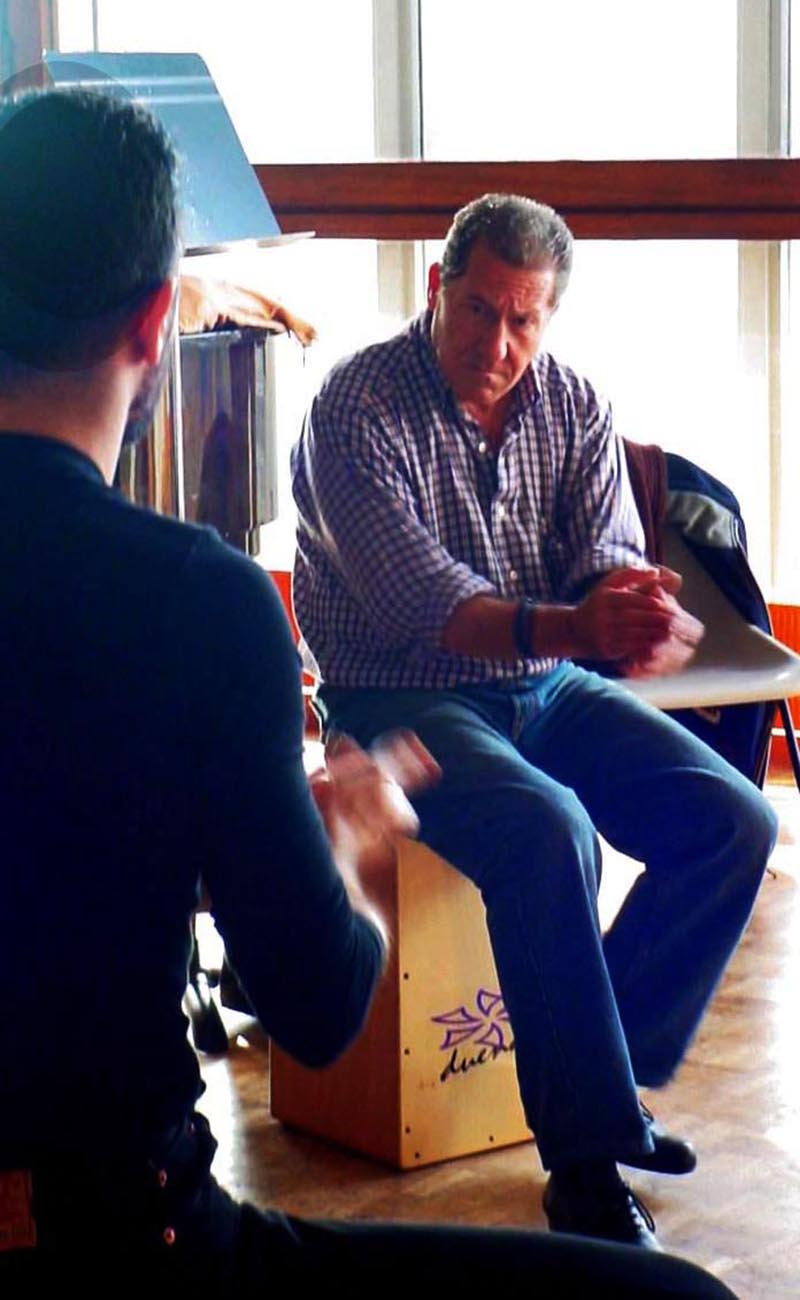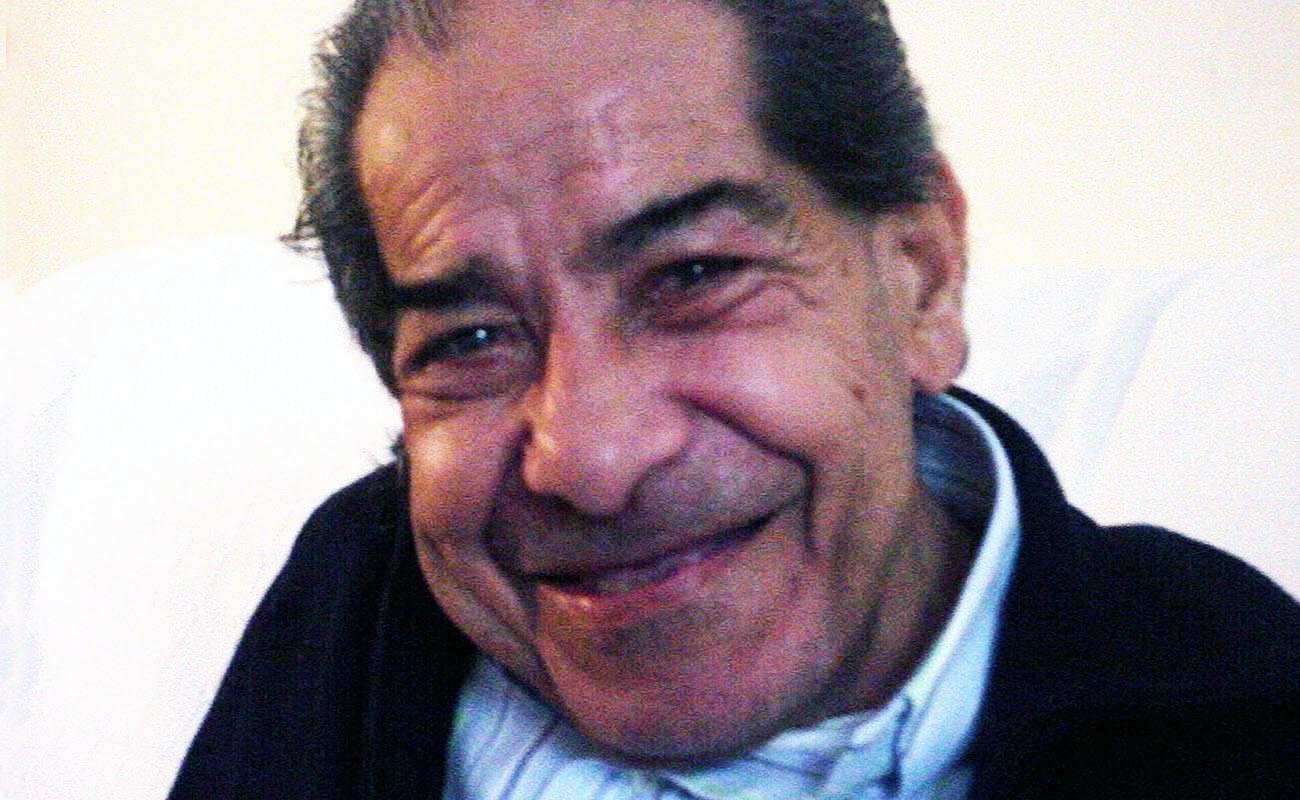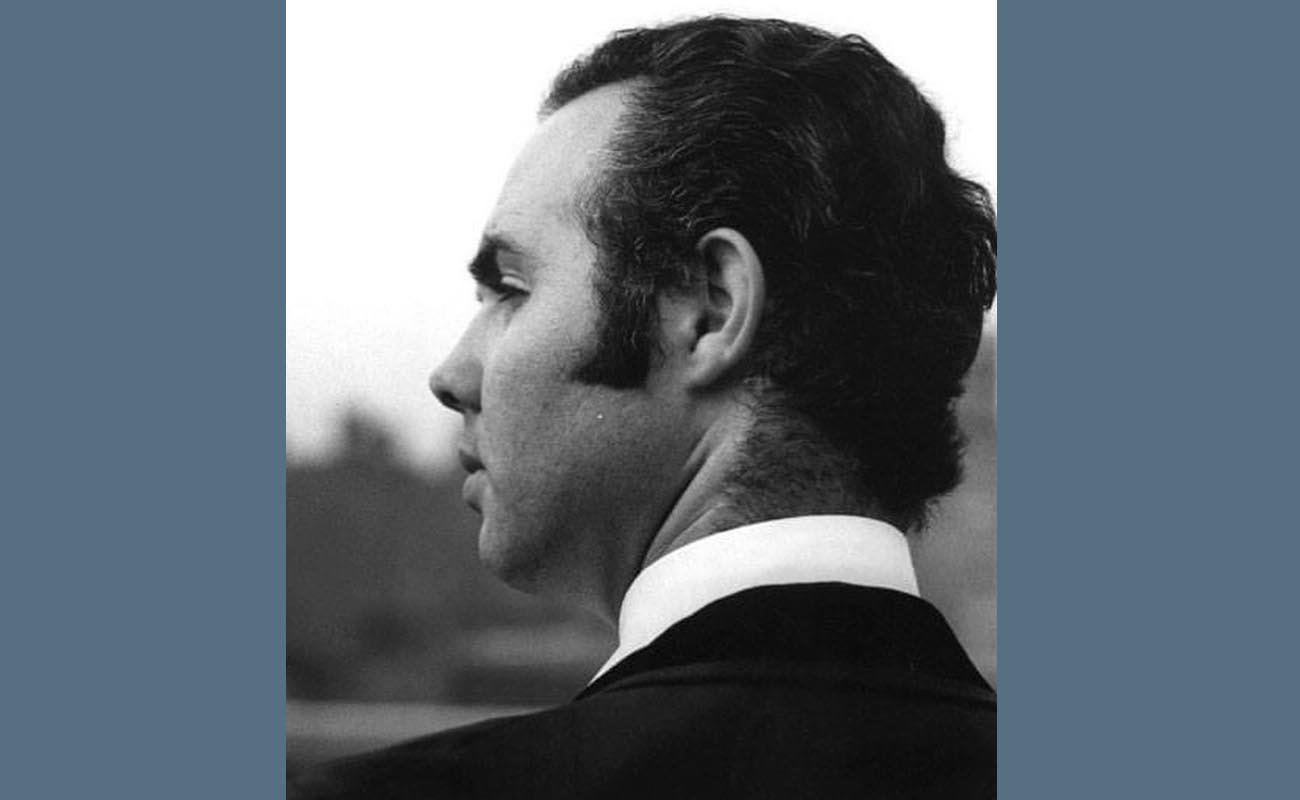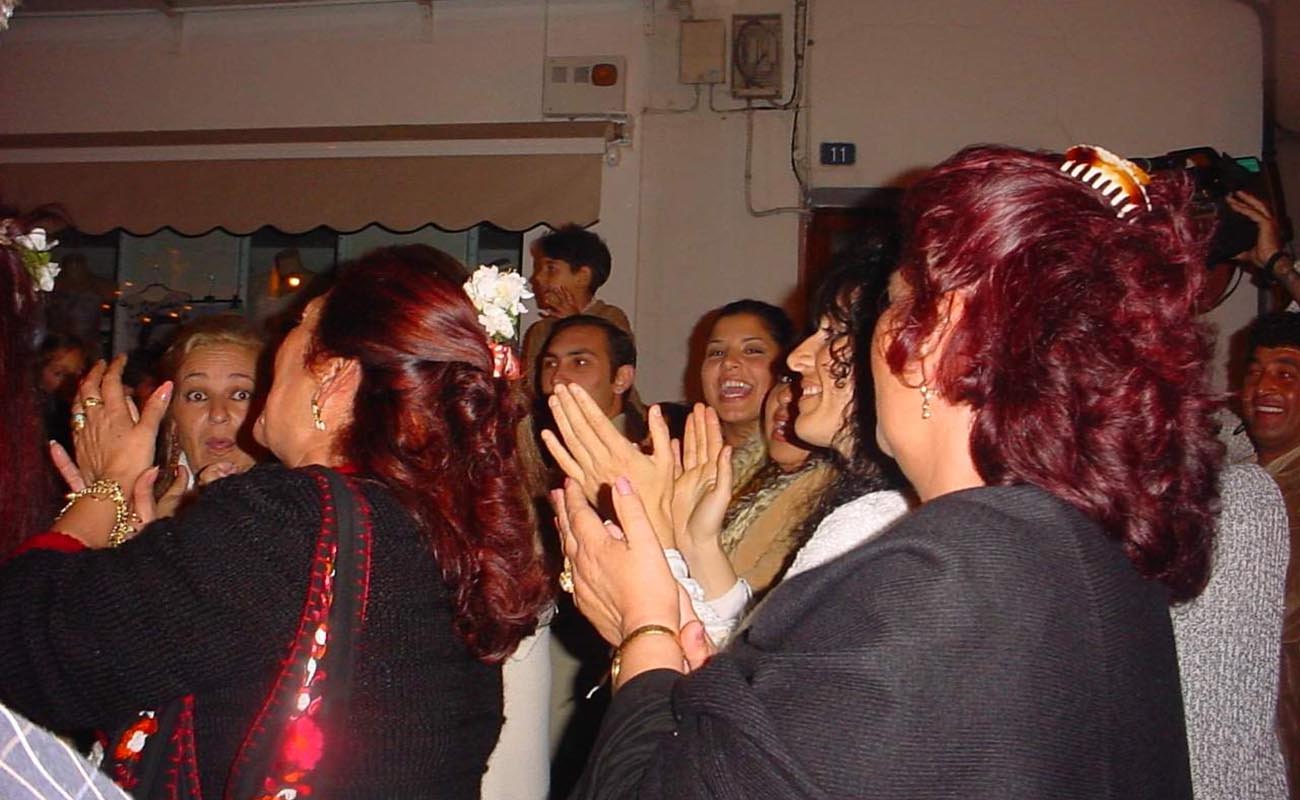Manolo Soler remembered
That smile of his…that warm genuine face that would light up any space.
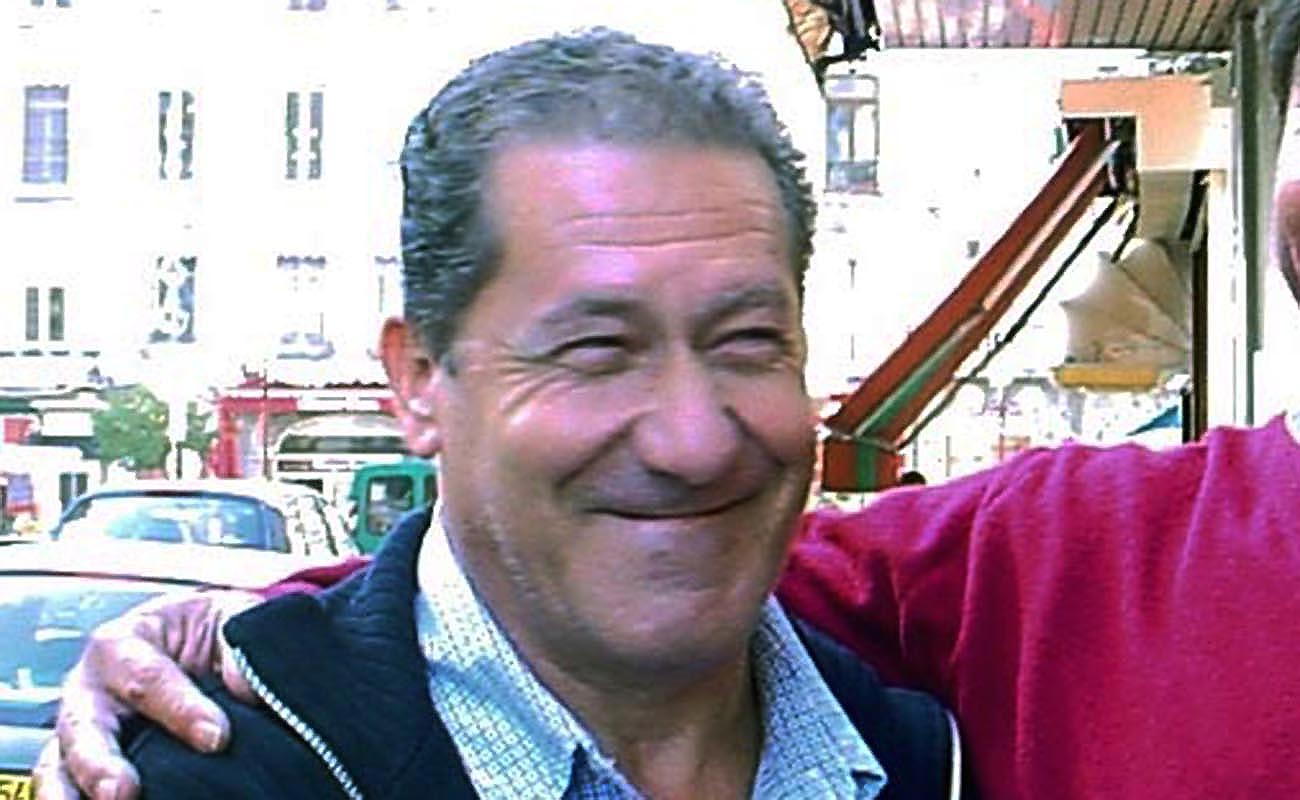
So much has happened since those heady days at the third Festival of Grenoble, Les Voix Du Cante Flamenco in October-November, 2002. The young interpreters who had come to perform, looked up to Manolo Soler (Seville 1943-2003) as an old master even though he hadn’t yet passed the frontier of 60. Antonio Reyes, Melchora Ortega, Jerónimo Maya, Ezequiel Benítez, Pascual de Lorca, Miguel Salado and Domingo Rubichi among others, in addition to the great Moraíto and maestro Paco Cepero, as well as those who would, like Soler, leave us all too soon: Chaquetón, el Torta, Fernandito Terremoto…
Less than twenty years later, who remembers Manolo Soler? It’s always somehow surprising when flamenco people die…as if life itself were a result of flamenco, rather than the other way around. But many flamenco fans of the present generation don’t know anything about him at all. Perhaps the same ones who don’t know the “cajón” (percussion box) is a relatively new element in flamenco, incorporated no more than some 40 years ago.
Although he also played guitar, Soler was primarily a dancer. A great one. No. A brilliant and original dancer with moves unlike those of any other flamenco dancer: clean and dry with the power that comes from understatement. “Compact” is the word that best describes his form, not one cell of his body squandered on superficiality or theatrics. His rhythmic sense was beyond perfect. Impeccable without being robotic, as if cut with the sharpest diamond stiletto. That’s how maestro Paco liked it. The man who invented the flamenco sextet included this unique interpreter in his group. It’s no surprise Manolo spent ten years adorning the master’s brilliant output.
Like so many others of the era, he did time at the legendary Madrid tablaos, and collaborated with top flamenco artists. Seeing him for the first time was to discover a world of rhythm, even for the most jaded flamenco fans. It wasn’t that he danced or played in compás (flamenco rhythm). Manuel Soler was compás itself. Perhaps it was in the the company of the great Manuela Vargas where he learned the power of minimalism long before minimalism became fashionable in flamenco.
Cardiac problems the doctors said, and Manolo Soler was advised to limit dance performance, although he continued to teach internationally and conduct rhythm workshops. Because of his health limitations, he took to the new percussive instrument Paco and Rubem Dantas had begun to incorporate: the cajón. With his 1996 work Por Aquí te Quiero Ver, voted the best show of Seville’s Bienal de Flamenco, Soler became a star.
The show I most remember is Javier Barón’s Dime, a delightful and intelligent work based on Lorca in Granada that sparkled with originality and gentle humor, such as when Manolo played percussion from the inside of a huge earthenware pot, or carried on a conversation between his two hands doing the voices for each one.
He set precedents for cajón players, and to this day has been one of the few who understood how to use this instrument in a tasteful non-intrusive way that enhances the naturally percussive aspect of flamenco dance.
I was blessed to be able to appreciate Manolo Soler’s warm personality, wisdom and gentle sense of humor for several days at the 2002 Grenoble flamenco festival. Just a few months later, on June 6, 2003, Manuel Soler Osa Reyes left us. A man with a box, a fine dancer and percussionist who left his mark on flamenco, and legitimized the now ubiquitous cajón.
Top image: Manolo Soler, Festival Grenoble 2002


